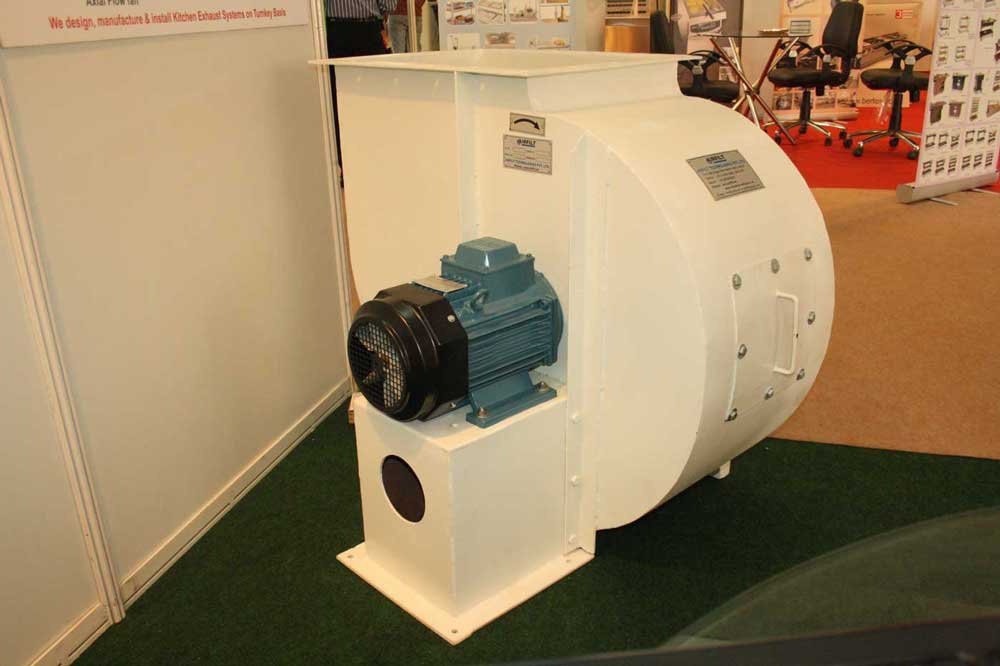Understanding Centrifugal Blowers: Applications, Advantages, and Insights
Understanding Centrifugal Blowers: Applications, Advantages, and Insights
Welcome to an in-depth exploration of centrifugal blowers, a pivotal component in various industrial and environmental systems. Whether you’re involved in HVAC, manufacturing, or environmental management, understanding the mechanics, benefits, and applications of centrifugal blowers can significantly enhance your operational efficiency.
What is a Centrifugal Blower?
A centrifugal blower, often referred to as a centrifugal fan, is a mechanical device designed to move air or other gases with a certain degree of pressure increase. The blower uses the kinetic energy of the impellers to increase the volume of the air stream, which in turn moves against the resistance caused by ducts, dampers, and other components.
Key Components of Centrifugal Blowers
- Impellers: These are the rotating parts that transfer energy to the air.
- Housing: It encloses the impellers and is designed to convert the kinetic energy into pressure.
- Inlet and outlet ducts: These are channels for the airflow in and out of the blower.
- Drive mechanism: This includes motors and belts that power the impeller.
How Do Centrifugal Blowers Work?
Centrifugal blowers operate on a simple mechanism involving the conversion of angular momentum imparted by the rotating impellers into an increase in the pressure of the air or gas being moved. The air enters the blower along the axis of the impeller, is accelerated radially outward into the blower housing, where it gains pressure before exiting perpendicularly to the intake.
Applications of Centrifugal Blowers
- HVAC Systems: They are used to circulate air in heating, ventilation, and air conditioning systems.
- Industrial Processes: Used in systems requiring gas handling, such as in chemical, pharmaceutical, and food processing industries.
- Environmental Applications: Employed in air pollution control systems to move and filter air.
Advantages of Using Centrifugal Blowers
- Efficiency: Capable of moving large volumes of air/gas with minimal vibration.
- Durability: Built to withstand harsh environments and continuous use.
- Versatility: Can be used in a variety of applications and can handle different types of gases.
- Maintenance: Generally requires less maintenance due to fewer moving parts.
Insights into Rohhit Enterprises
Rohhit Enterprises is a leading provider of industrial solutions, including the supply and maintenance of centrifugal blowers. Known for their reliability and efficiency, Rohhit Enterprises offers customized solutions tailored to meet the specific needs of their clients. Their products are a staple in industries ranging from automotive to environmental management, highlighting their versatility and commitment to quality.
Frequently Asked Questions (FAQs)
- What is the main difference between centrifugal blowers and axial fans?
The main difference lies in the direction of the airflow. Centrifugal blowers move air radially (outward from the impeller), while axial fans move air linearly.
- Can centrifugal blowers handle particulate-laden gases?
Yes, they can handle gases with particulates, but it’s essential to choose a blower with the right type of impeller and housing design to minimize wear and tear.
- Are centrifugal blowers energy-efficient?
Yes, they are considered energy-efficient, especially in applications requiring high pressure with moderate flow rates.
- How do I choose the right centrifugal blower for my application?
Consider the volume flow rate, pressure requirements, and the nature of the gas to be moved. Consulting with a specialist like Rohhit Enterprises can also provide tailored advice.
- What maintenance is required for centrifugal blowers?
Regular maintenance includes checking for vibrations, ensuring bearings are lubricated, and inspecting the impeller and housing for wear and tear.
****


